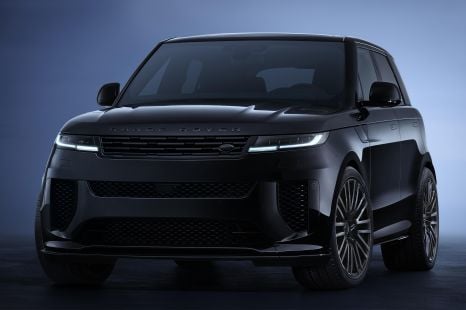

William Stopford
14 Days Ago

Marketplace Editor
Toyota is gearing up to produce batteries for its plug-in hybrid vehicles in Turkey for the first time.
The batteries will likely feature in the next-generation C-HR SUV, which once again will be made in Turkey for the European market.
Toyota says the new C-HR will be offered with hybrid and plug-in hybrid options, but no petrol-only engines. While the next-gen model hasn’t been revealed in production form, the brand previewed it with the C-HR Prologue Concept.
The new C-HR plug-in hybrid (PHEV) will be the first PHEV produced at Toyota Motor Manufacturing Turkey (TMMT). The brand says it will produce the vehicle’s batteries in-house, making TMMT the company’s first European facility to be equipped with a battery production line.
Production of the C-HR’s plug-in battery units will commence in December 2023, creating “around 60 new skilled jobs”. This battery production line will have a capacity of 75,000 units per annum.
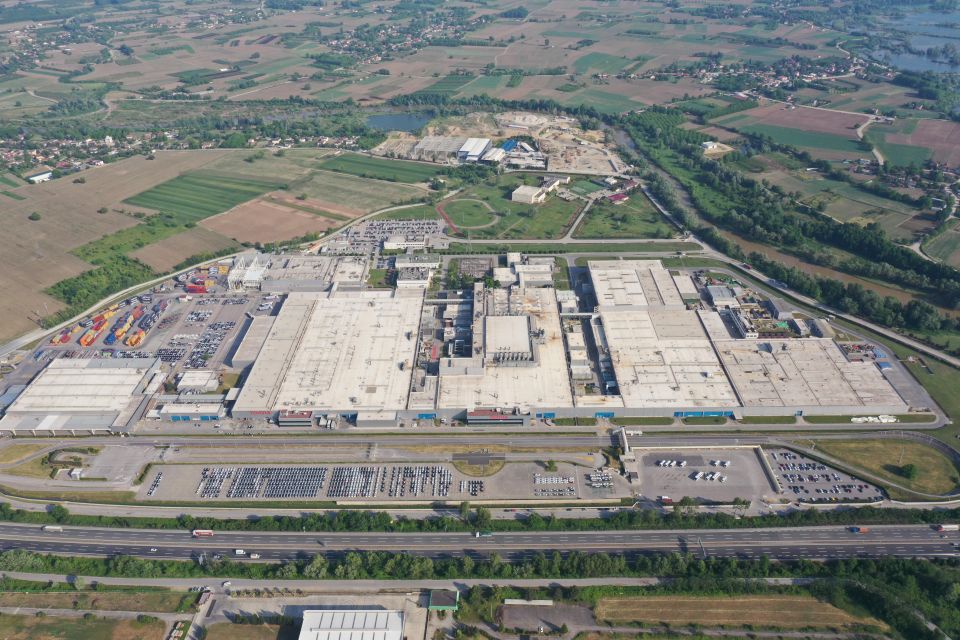
Total investment for this project has been valued at around €317 million ($490.15m), and is another stepping stone to Toyota’s goal of 100 per cent CO2 reduction of its European vehicle line-up by 2035.
When Toyota revealed the C-HR Prologue in December, it confirmed the car as a starter for Australia – but didn’t detail when we can expect to see the new model in local showrooms, nor whether the PHEV will be available. The lack of a “no” suggests it’s on the cards.
As before, the swoopy C-HR will be positioned alongside the Corolla Cross in the Small SUV segment, above the smaller Yaris Cross and below the larger RAV4. Think of it as a Corolla Cross ‘Coupe’.
It’s likely the C-HR will feature a similar powertrain line-up to the Prius recently launched overseas, including both 103kW 1.8-litre and 144kW 2.0-litre hybrid options, and a 164kW 2.0-litre plug-in hybrid.
The new Prius PHEV features a 13.6kWh lithium-ion battery, and according to preliminary European specifications should be able to achieve up to 69 kilometres of zero-emissions driving.



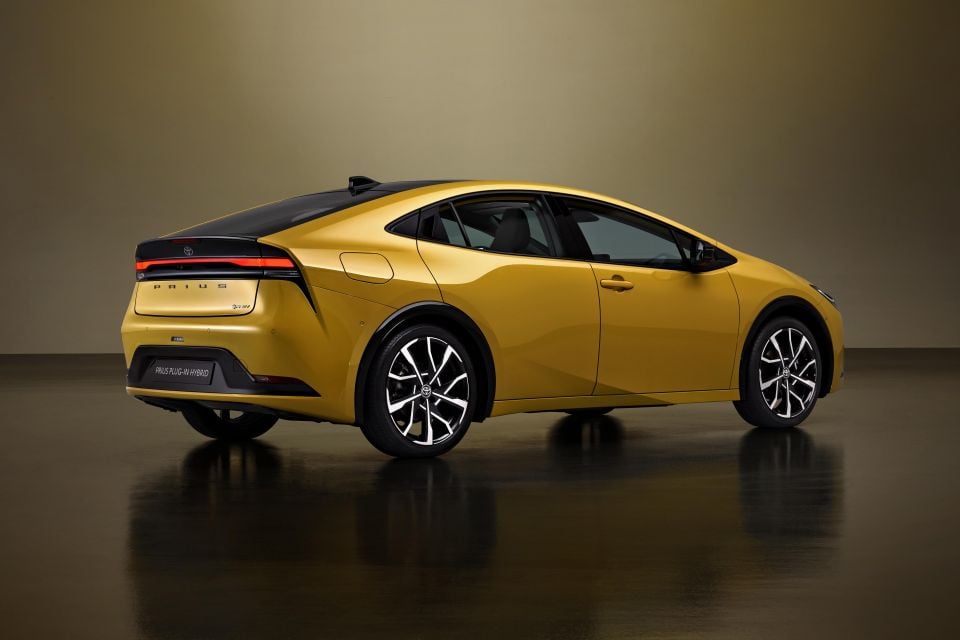
Currently, the Prius PHEV is only available in Europe, with Japan and North America only getting the hybrids at launch – in both 2WD and E-Four AWD guises.
Toyota makes versions of the current C-HR in its Japanese and Turkish factories, with Australia sourcing its vehicles from the former. It’s part of the reason we don’t get the more powerful 2.0-litre hybrid drivetrain available in Europe, as well as locally in the related Corolla Cross and Lexus UX.
Currently, the C-HR’s pricing ranges from $31,715 for the base GXL 2WD 1.2L turbo petrol and climbs to $38,465 for the GR Sport and Koba 2WD Hybrids. All prices exclude on-road costs.
Given the state of the industry, and the likelihood of the next C-HR being predominantly if not totally hybridised , we could see base pricing increase to $35,000 for a well-specified entry model and climb into the mid-$40,000 bracket for a top-spec hybrid.
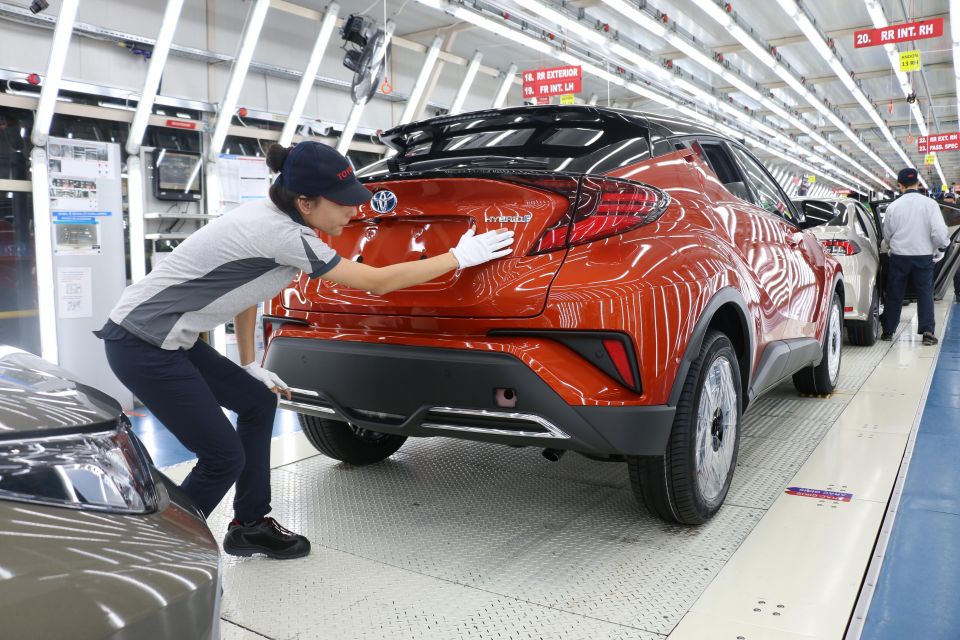
The original C-HR was revealed at the 2016 Geneva Motor Show, and launched in Australia as a petrol-only proposition early in 2017. A hybrid option, available in other markets since launch, didn’t make it Down Under until the mid-life facelift arrived locally in December 2019.
It remains a solid seller in Australia despite supply issues throughout its lifecycle, and in 2022 saw yearly growth of 21.3 per cent to 7977 registrations for the calendar year.
That put Toyota’s coupe-styled crossover ahead of the likes of the Honda HR-V (4717 units), Mitsubishi Eclipse Cross (5973 units), Suzuki Vitara (3114 units) and Volkswagen T-Roc (3627 units) in the mainstream Small SUV yearly sales race.
Stay tuned to CarExpert for all the latest, and let us know your thoughts in the comments below.
MORE: Everything Toyota C-HR
Take advantage of Australia's BIGGEST new car website to find a great deal on a Toyota C-HR.
James is an automotive journalist based in Melbourne, Australia. Before joining CarExpert.com.au in 2020, James has worked at leading auto media outlets including Carsales and CarAdvice, as well as at Pulse agency for Ford Australia's communications team. In 2019 James made Mumbrella's 'Top 20 most prolific web authors in Australia' list after publishing 1,360 articles between March 1, 2018 and February 28, 2019 for CarAdvice. James is also an Ambassador for Drive Against Depression – an Australian charity whose mission is to support mental wellness through the freedom of driving and a shared love of cars.


William Stopford
14 Days Ago


Damion Smy
13 Days Ago
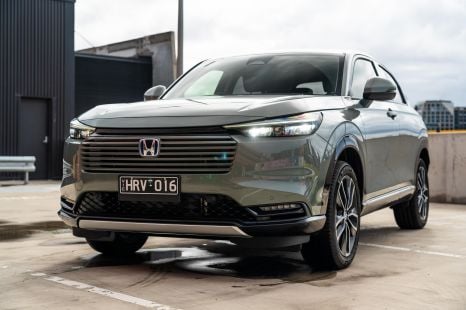

Max Davies
12 Days Ago


William Stopford
12 Days Ago


Alborz Fallah
9 Days Ago
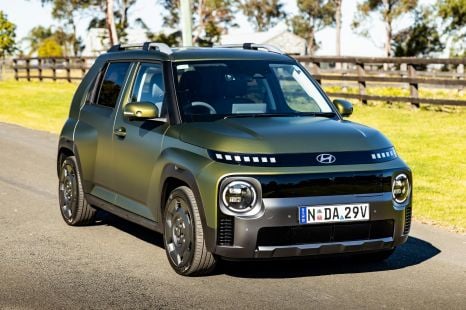

Matt Campbell
8 Days Ago